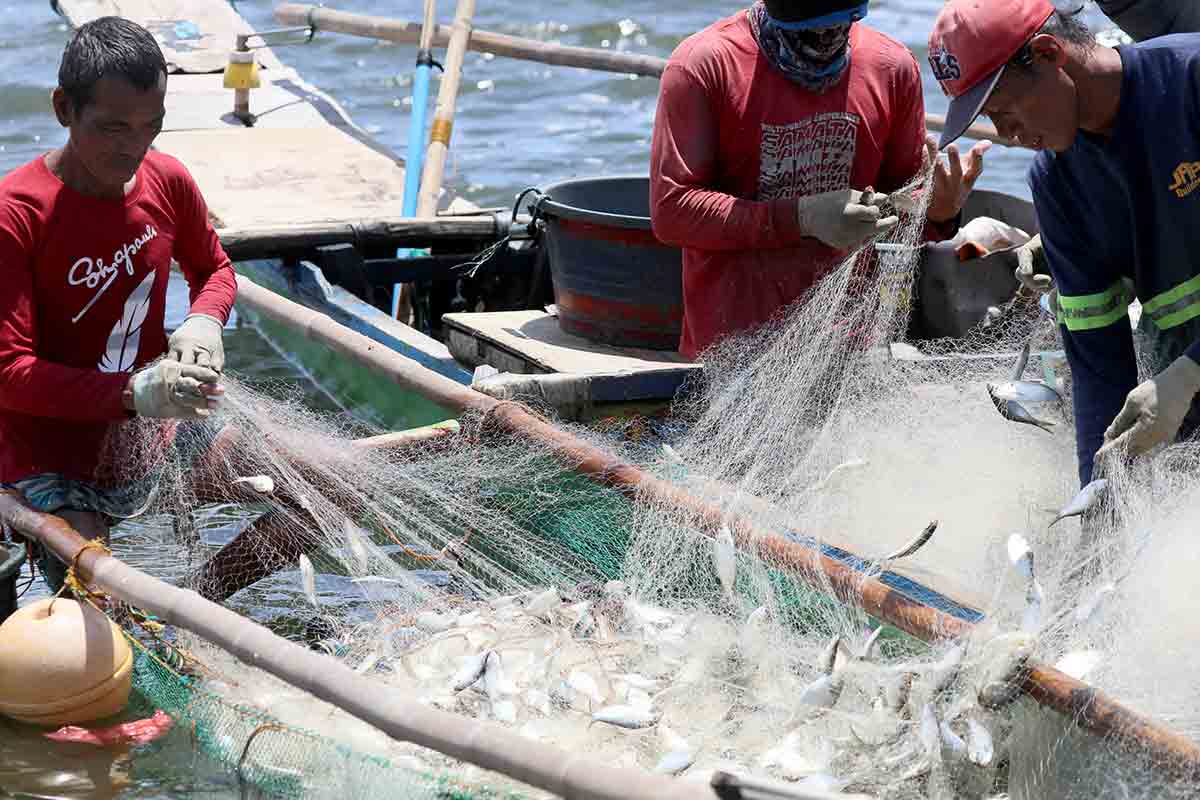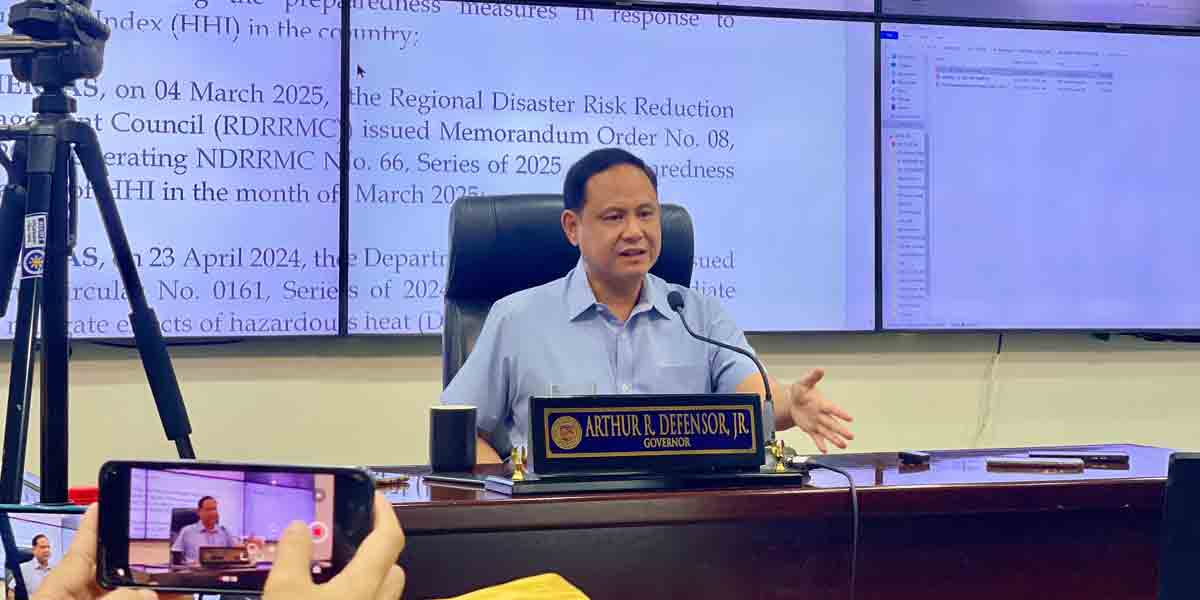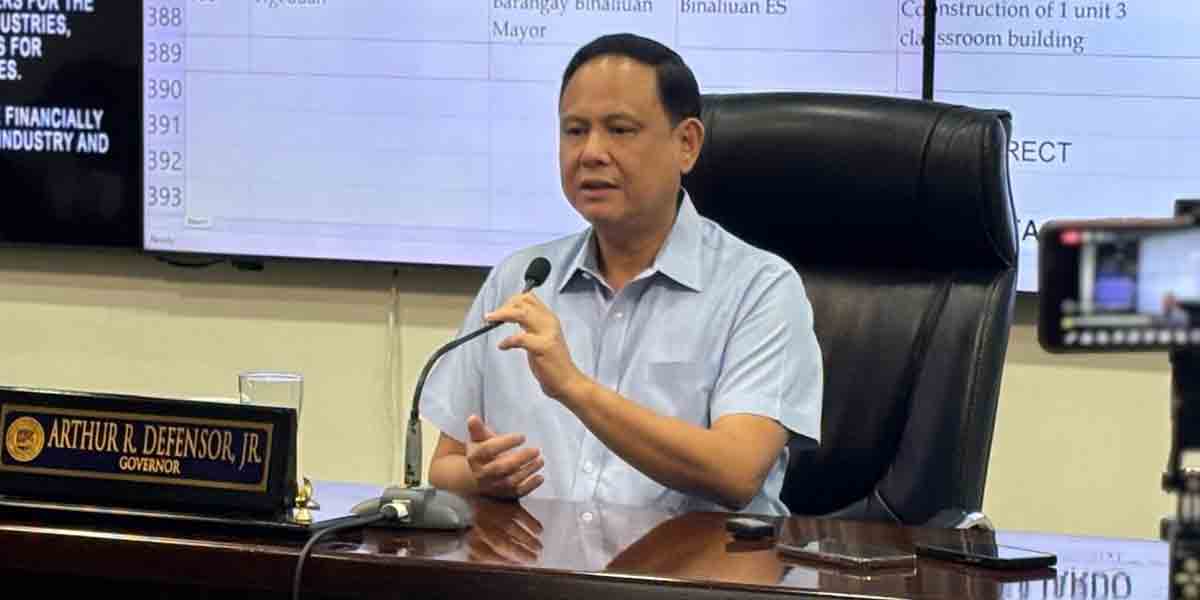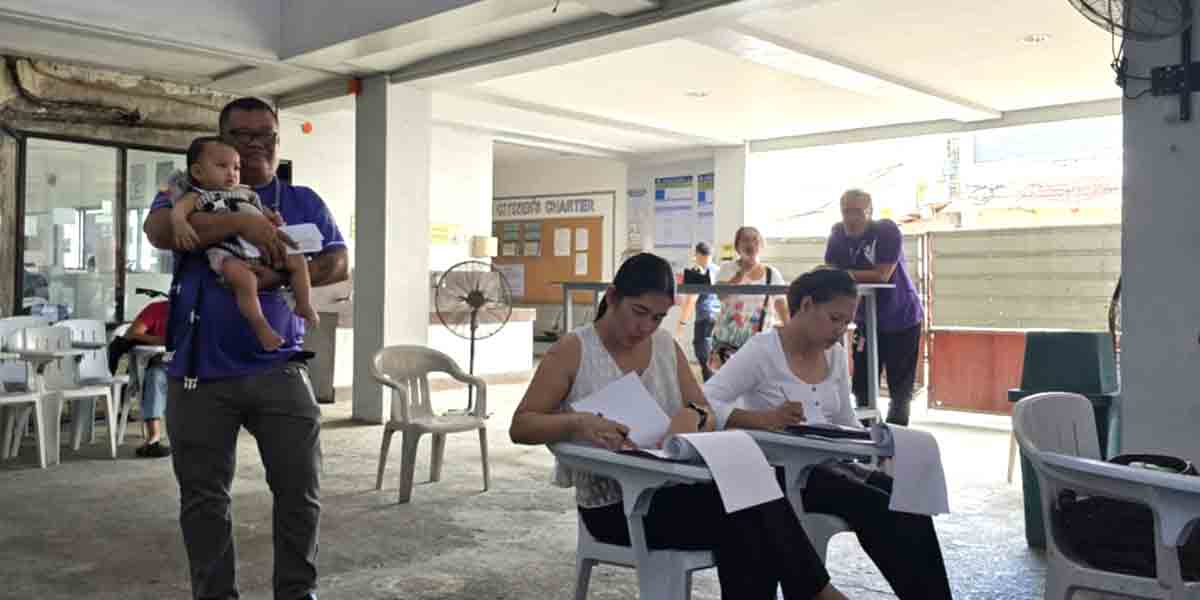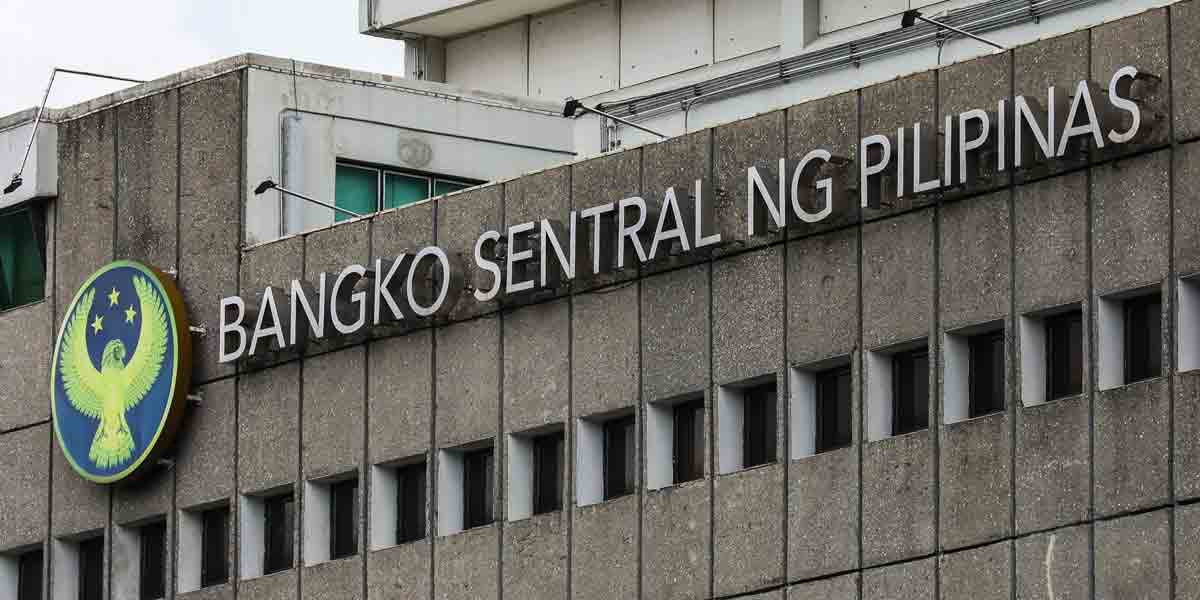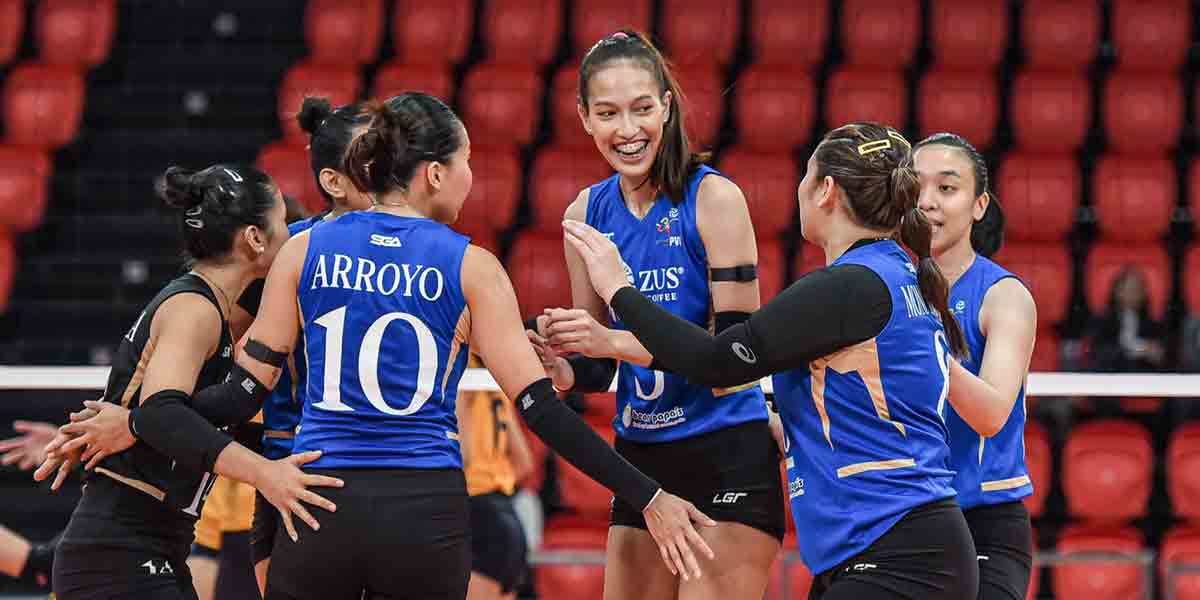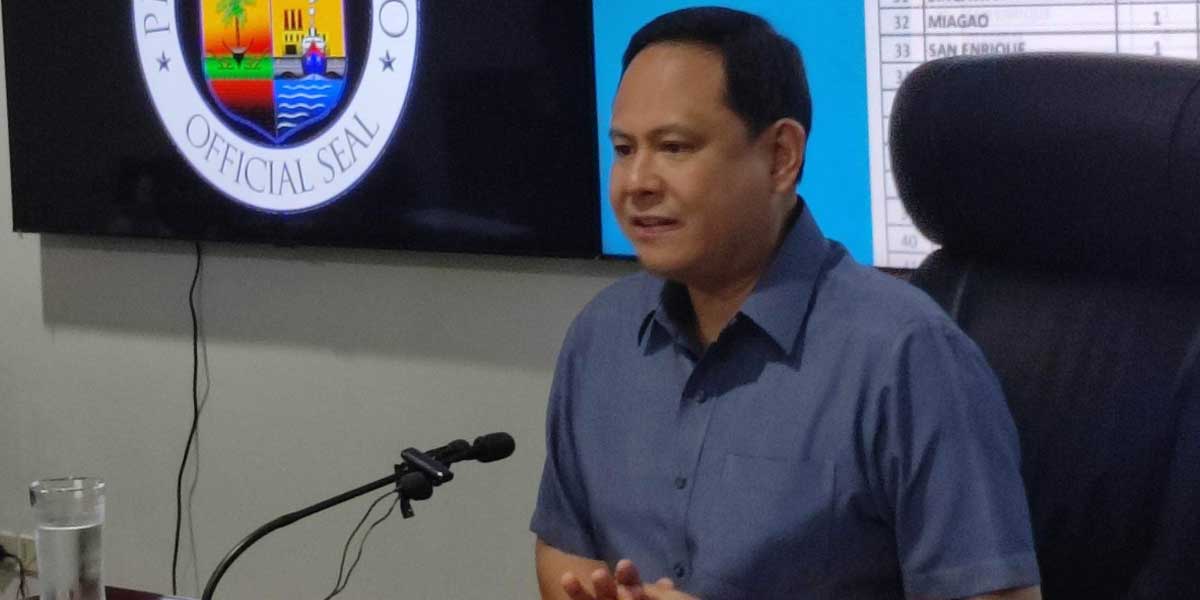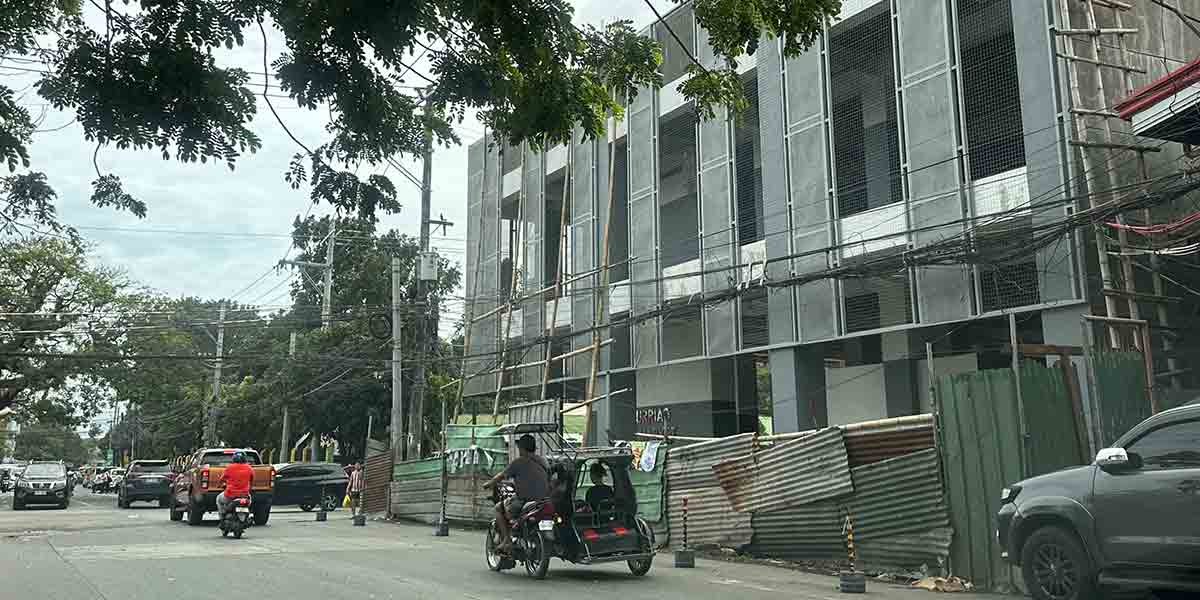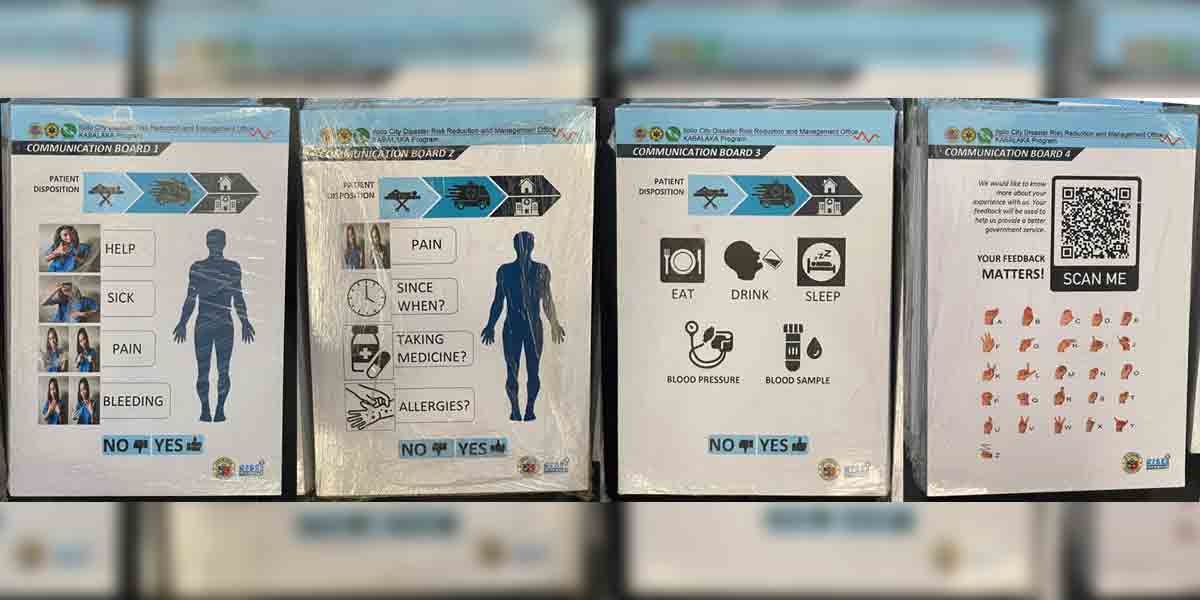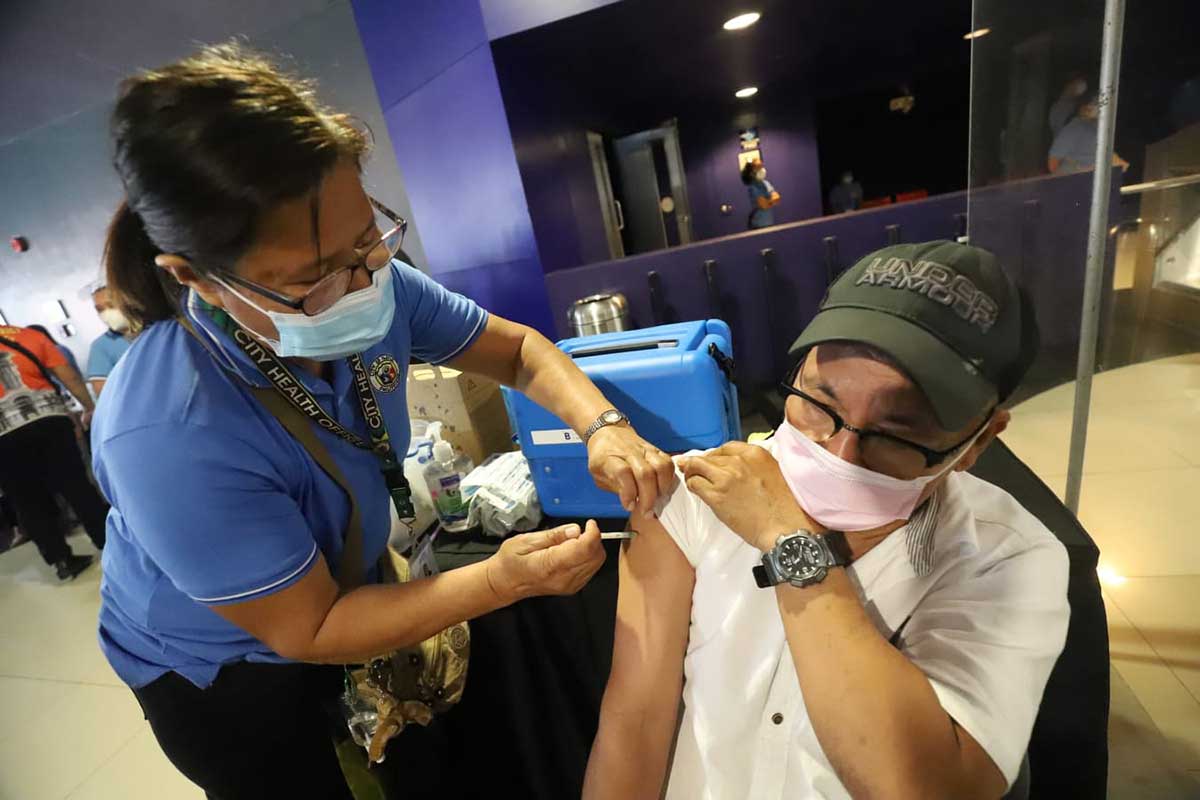
The World Health Organization (WHO) Philippines alerted today the sluggish COVID-19 vaccination rate among senior citizens in some LGUs. The slow rollout among senior citizens leaves the Philippines vulnerable to its hospitals being overwhelmed due to severe cases among the elderly, and possibly higher deaths due to a surge in cases from the fast-spreading Delta variant confirmed to be locally transmitted.
Despite improving vaccination rates in other priority groups, vaccination of the elderly – the A2 population – lags, with only about 25% fully vaccinated and about 35% having received their first dose.
“We are very concerned that most of our older, more vulnerable people are still missing out on essential, life-saving vaccines against COVID-19. Not vaccinating most of our elderly now means more of them will suffer from severe illness and death. This is unacceptable when we already have adequate vaccine stocks to protect them,” said Dr Rabindra Abeyasinghe, WHO Representative to the Philippines.
The elderly are at the highest risk of the most severe outcomes of COVID-19. Seven out of 10 COVID-19 deaths in the Philippines are from this group.
On 22 July 2021, the Department of Health announced the local transmission of the Delta variant, which is about 60% more transmissible than previously dominant variants of concern. The expected further spread of the Delta variant significantly amplifies the risk to the unvaccinated vulnerable groups, especially the senior citizens.
Prioritizing the available supply of COVID-19 vaccines to the A2 group will help save more lives and will reduce the potential overwhelming of hospitals. Furthermore, the prioritization will also lessen the eventual burden on the country’s health care workers.
Low vaccination rates among the elderly
To date, only 2.1 million of the 8.5 million master-listed senior citizens (around 25%) in the Philippines have been fully vaccinated against COVID-19.
Some cities and regions have been more successful at protecting older people than others. In the National Capital Region, Pasig City and Las Piñas City have already partially vaccinated 100% of their senior citizens by mid-July 2021. Such achievement is commendable and should be acknowledged.
On the other hand, some regions — Region V and BARMM — have only partially vaccinated less than 20% of their senior citizens. In addition to low coverage, more concerning is the focus of some LGUs to predominantly vaccinate the lower-risk A4 group.
WHO urges LGUs to reorient their efforts and resources on aiming for 100% percent coverage among the elderly as early as possible. Except for the Janssen vaccine, two doses are needed for higher protection against hospitalization and death from COVID-19.
Beyond aiming for much higher coverage rates, LGUs also need to consider the actual numbers of unvaccinated senior citizens whom they need to reach. For example, while NCR has already fully vaccinated 49% of their elderly population — the highest among the regions — over 575,000 senior citizens remain unvaccinated.
Prioritizing the elderly despite competing priorities
Vaccination of the elderly has been dragging as LGUs roll out vaccines to the broader population – to those with underlying medical conditions (priority group A3), frontline workers (priority group A4) and indigent populations (priority group A5).
“Achieving high vaccination coverages across the board yet leaving behind the most vulnerable is not the most optimal use of our limited vaccine supply. Our elderly need early vaccination to protect them from a higher likelihood of severe disease, hospitalization and death. Such an approach will also contribute to protecting our hospitals from being overwhelmed and will help keep the economy open,” Dr Abeyasinghe added.
“Hence, we urgently call on our local chief executives to please prioritize the vaccination of the elderly by setting up special avenues including, if possible, door-to-door vaccination,” Dr Abeysinghe further emphasized.
Optimizing the use of COVAX-donated vaccines
The arrival of the Janssen vaccine, donated by the US Government through dose-sharing via the COVAX Facility, was seen as a way to accelerate the vaccination of senior citizens.
Janssen is given as a single dose. Furthermore, the vaccine requires the usual storage conditions, making it easier to administer to populations who will find it challenging to come back for a second dose.
The National Vaccine Operations Center issued an advisory for LGUs to prioritize using the Janssen vaccine to the A2 and A3 populations. However, data shows that uptake of the Janssen vaccine among A2s remains low in some regions. On the other hand, the uptake of A3s is increasing faster.
WHO urges LGUs to correct the issue early to maximize the benefit of COVAX donations. WHO advocates for LGUs to adhere to vaccine prioritization, especially for vaccines donated via the COVAX Facility. Following the prioritization ensures vaccine equity – those needing the vaccines the most should receive them the soonest.
Learning from best practices of other LGUs
Achieving 100% coverage among senior citizens is not an impossible task. LGUs such as Pasig City and Las Piñas City have already provided all their master-listed senior citizens with at least one dose of the vaccine and are working towards to fully vaccinating their elderly population. WHO commends LGUs and local chief executives who made this possible and urges other LGUs to adopt practices that contributed to this success.
These LGUs carried out targeted strategies and vigorous outreach activities to reach their senior citizens. They engaged in proactive, timely, and accurate information dissemination through numerous media channels to register seniors. They took frequent steps to let seniors know where and when they could safely get vaccinated. Furthermore, several LGUs also encouraged communities or family members to help their elderly register and get vaccinated.
Some LGUs also initiated services for easier access of the elderly to vaccines. These included vehicle services, special lanes, seniors-only vaccination days and house-to-house vaccination.
Moving ahead
“We remain positive that with the determination of our local leaders and with inspiration drawn from LGUs that have fully vaccinated most of their senior citizens, the Philippines is on its way to achieving high coverage in the A2 category. The country has shown the strength of its bayanihan spirit in past immunization campaigns. We expect the same solidarity in vaccinating and saving the lives of the elderly,” said Dr Abeyasinghe.

